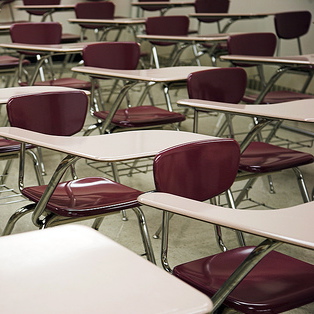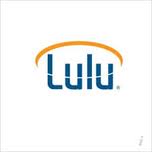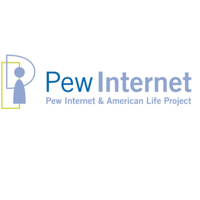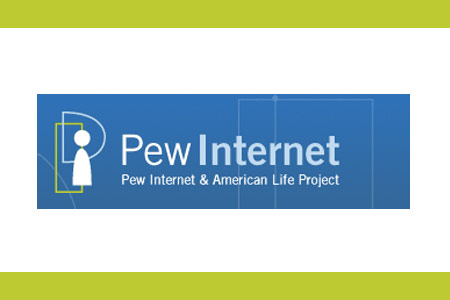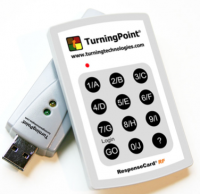
Turning Point ARS
I’ve always found it ironic that I give large-group presentations promoting techniques to create a more student-centered classroom. Few teachers are inspired by a lecture on “Rigor and Relevance in the Classroom,” so I’m always using new approaches to engage my audience. Recently I’ve tried audience / student response systems (ARS / STS) in my professional development workshops. Judging from teacher feedback – its working.
So far, my favorite ARS is TurningPoint from Turning Technologies. It integrates into Microsoft PowerPoint and is quick to learn. It allows me to pose questions in my presentation, rapidly gather audience response via small RF keypads, and graph their responses into my PowerPoint presentation. I appreciate the quick set up – I open my laptop, plug in the RF receiver, pass out the keypads and go. After a few ice-breaker questions, audiences are comfortable using the responders.
For a sample of the system in action, here’s a 55 minute RealPlayer video of a conference presentation I did for the Oregon Dept of Eductation called “9th Grade Academy – A Small Learning Community that Works.” All members of the audience had responders and you can see how quickly we gathered data. If you need RealPlayer click here.
The right mix of presentation material and reflection can ramp up true-false, multiple choice and likert scales questions into a higher-order experience. In a recent “Content Reading Strategies” workshop, I teachers used the ARS to evaluate the strategies I was promoting – is it engaging for the student, does it support content mastery, will it be easy to use?
The quality of the discussion was dramatically improved. Teacher had a sense of how their peers felt and openly voiced their opinion on “why” they voted that way. The ARS helped us uncover a solid level of support that empowered their instructional leadership team to move forward.
Teacher evaluations of the ARS workshops consistently point to greater engagement, a better understanding in the material and livelier discussion. That works for me. Stop back for more of my feedback on the system. If teacher are this engaged, what it would do for students in the classroom?


